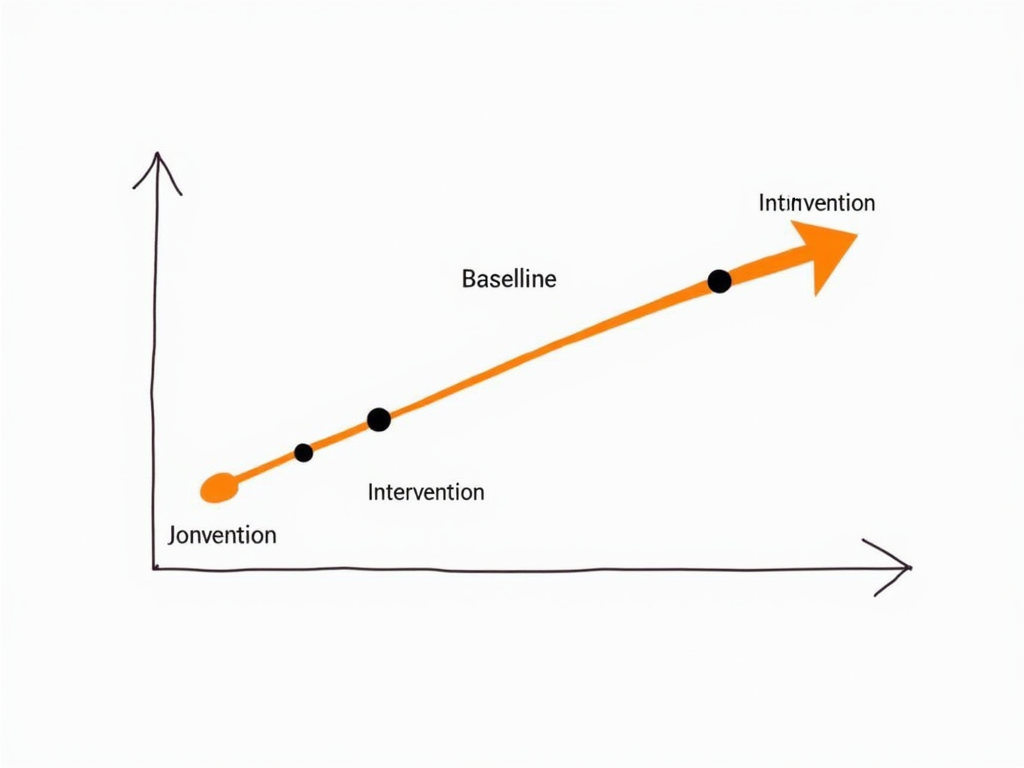Overview
Applied Behavior Analysis (ABA) is a scientific method to understand and change behavior. It uses learning principles to help people build skills, reduce unwanted actions, and improve life quality. This guide explains how ABA works for behavior modification, benefiting individuals and families alike.

What is Applied Behavior Analysis?
Applied Behavior Analysis, often called ABA, is a type of behavioral therapy rooted in science. It focuses on how people learn and behave. By observing actions and their triggers, ABA helps create plans to encourage positive changes.
This approach is famous for helping kids with autism spectrum disorder (ASD). However, it works for many situations, like improving classroom focus or workplace habits. ABA looks at what happens before and after a behavior to find ways to adjust it effectively.
Principles of Applied Behavior Analysis
ABA relies on clear ideas to make changes. Here’s how it works:
Reinforcement
Reinforcement makes a behavior more likely to happen again. You might give a child a treat for sharing toys—that’s positive reinforcement. Or stop a loud timer when they finish a task—that’s negative reinforcement.
Punishment
Punishment reduces unwanted actions. Adding a timeout for yelling is positive punishment. Taking away playtime for not listening is negative punishment. ABA uses this carefully to avoid confusion.
Shaping
Shaping builds skills step-by-step. If a child can’t say 'thank you' yet, you might praise them for trying sounds first, then words later.
Chaining
Chaining teaches complex tasks by breaking them into parts. Think of teaching handwashing: wet hands, add soap, scrub, rinse, dry—each step links to the next.

How ABA Helps Behavior Modification
Applied Behavior Analysis for behavior modification starts with understanding why someone acts a certain way. Analysts watch closely, noting what sparks or stops the behavior. Then, they design a plan.
For example, a kid might scream to get attention. ABA could teach them to ask politely instead, rewarding them when they do. Over time, screaming fades, and asking grows. This method is practical and adjusts to each person’s needs.
Applications of Applied Behavior Analysis
ABA fits many settings. Here are key examples:
For Autism Spectrum Disorder
Kids with ASD often use ABA to learn talking, playing, or daily routines. It cuts down on actions like hand-flapping that might hold them back.
In Schools
Teachers apply ABA to keep classes calm. A student earning points for raising their hand learns to wait their turn.
In Homes
Parents use ABA to manage tantrums or bedtime struggles. Consistency at home boosts success.

The Role of Family in ABA
Families make ABA stronger. When parents learn behavioral therapy techniques, they reinforce lessons daily. Imagine a child learning to say 'please' at therapy—parents using the same rewards at home keep it going.
Family therapy can also help. It brings everyone together to solve bigger issues, like stress or arguments. This builds family wellness, making home a happier place for all.

Does ABA Really Work?
Research backs ABA up. Studies, like those from the National Autism Center, show it’s great for ASD, improving skills and cutting problem behaviors. It also helps with things like quitting smoking or boosting work habits.
Success depends on customizing it. A good plan fits the person and gets checked often. Experts say starting early and sticking with it matters most. Check out the Behavior Analyst Certification Board for more proof.
Insights from the Field
Behavior analysts share that ABA shines when it’s personal. Take a child who hits when frustrated. One family found that teaching him to point at a picture for help stopped the hitting. Rewards like extra playtime sealed the deal.
Another case: a teen wouldn’t do homework. Breaking tasks into chunks with short breaks turned it around. Analysts stress watching closely and tweaking plans—small changes can lead to big wins.

Tips You Can Try
Want to use ABA ideas at home? Start small:
- Pick One Behavior: Focus on something clear, like saying 'good morning.'
- Reward It: Give praise or a small treat right after.
- Stay Steady: Do it the same way every time.
Talk to a pro if you can. They’ll guide you to keep it simple and safe.
Summary
Applied Behavior Analysis offers a smart way to modify behavior. It builds skills, cuts problems, and supports family wellness through proven steps. Whether at home or school, ABA brings lasting change when done with care.
Discuss Here